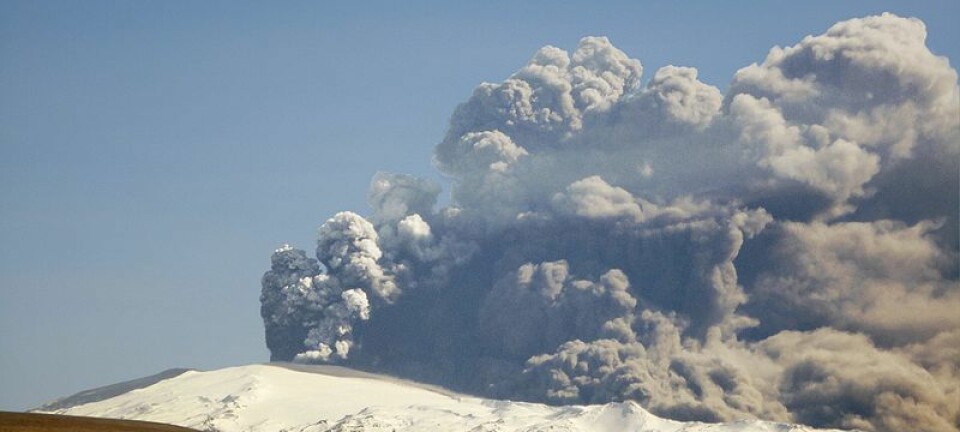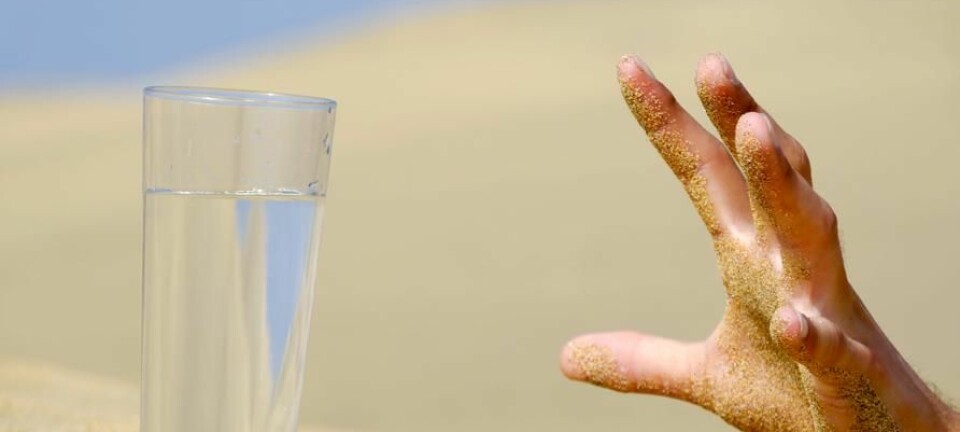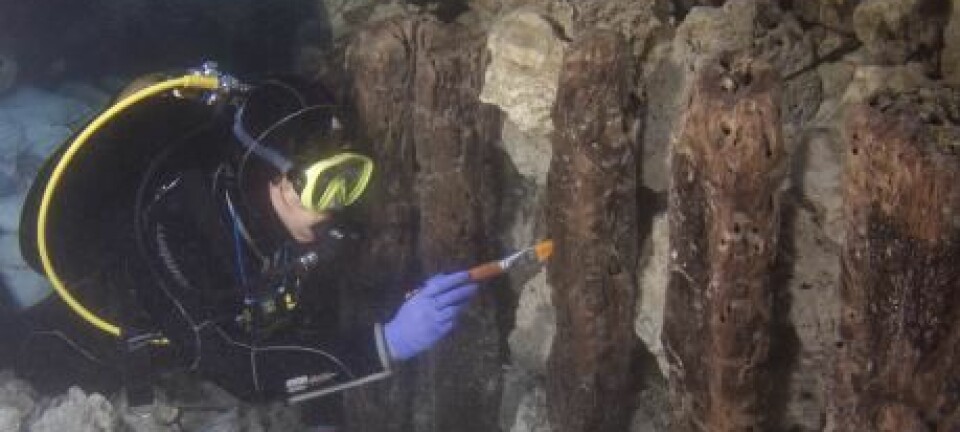
Pompeii residents were screwed before the volcanic eruption
A water pipe from Pompeii had alarmingly high levels of toxic chemicals.
Vomiting, diarrhoea, perhaps death. These could have been the consequences of drinking water from the ancient Roman town of Pompeii.
A new study shows that water pipes from the city contained high levels of the poisonous metal antimony.
“It was very bad for your health to drink the water in Pompeii,” says co-author Kaare Lund Rasmussen, who is a chemistry lecturer at the University of Southern Denmark.
The results are published in the scientific journal, Toxicology Letters.
A well-preserved ruin
Pompeii was a rich city in the gulf of Naples, south of Rome. It was situated close to the volcano Vesuvius, which erupted in 79 CE and buried the town in a thick layer of ash.
The ash preserved the remains of the city, which has given a detailed insight into what life would have been like at the time.
Like other Roman cities, Pompeii had a well-developed water system via aqueducts and water pipes, which brought water into many of the houses in the city.
And it is a little piece of one of these pipes that Rasmussen and his colleagues have analysed.
“The results made us think that this was something very special,” says Rasmussen.
Read More: Burnt cheese casts light on 3,000 year-old family drama
Bad stomach was a common cause of death
Discovering polluted water pipes does not change existing interpretations of what life was like in the city, says historian Peter Fibiger Bang from the University of Copenhagen, Denmark. In fact, cities were a very unhealthy place to live during the Roman period, he says.
“They probably didn’t all die of poisoning. But stomach problems were without a doubt a frequently occurring problem and even cause of death,” says Bang.
“We know that Romans had bathing facilities and a bathing culture. But that was before anyone knew about bacteria, so you didn’t clean the water with chlorine like we do today. It was very unhealthy and must have constituted a significant public health risk. People actually perceived the baths as healing and many sick people visited them and would have “shared” their bacteria with the other visitors via the water,” says Bang.
Read More: 800-year-old well casts new light on medieval murder
The first insight
Rasmussen has studied a small sample—just 40 milligrams--of a water pipe from a villa in Pompeii.
The sample was dissolved in acid and analysed with an inductively coupled plasma mass spectrometer, which gives a detailed analysis of its chemical composition.
This allowed Rasmussen to see precisely how much antimony the pipe contained.
The concentration was high enough to have caused problems for the Romans, says Rasmussen.
But this is just the first insight into what could develop into a much larger study, he says. And at the moment it is only this little piece of pipe that they can draw conclusions from.
“We can’t be sure how widespread the substance was in the water pipes,” says Rasmussen. “But you could also pose the question the other way round, and ask why this piece of pipe would be anything special?”
Read More: Archaeologists are hunting for Greece’s underwater past
Lead Poisoning was over estimated
A discussion of polluted water pipes in Roman towns is nothing new. Many pipes were made of lead, which can lead to a lower IQ among children. Some have even speculated that it was one of the reasons for the decline of the Roman Empire.
But this theory has come into question in recent years, says Rasmussen.
“If there was a lot of calcium in the water, which there’s a high possibility of, then the pipes would have been covered in lead carbonate. This would have protected the water from the lead,” he says.
Poisoning probably only became a problem immediately after the pipe was laid or had been renovated. But whereas lead poisoning takes a long time for symptoms to develop, antimony poisoning takes effect rather quickly, causing vomiting and diarrhoea after drinking contaminated water.
------------------
Read more in the Danish story on Videnskab.dk
Translated by: Catherine Jex












